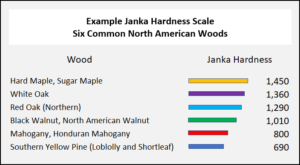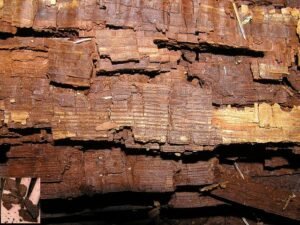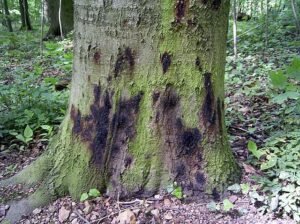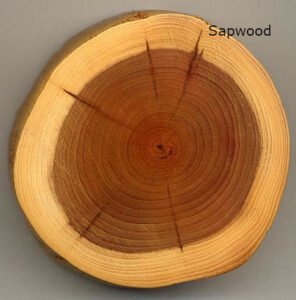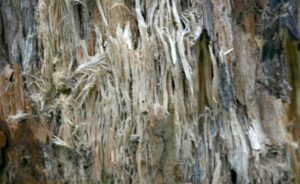Home › Forums › e-VOTECH Alumni › IBZ77 pulsa tanpa potongan
- This topic is empty.
-
AuthorPosts
-
trevorcowper10
GuestIBZ77 Saran Situs Slot 2023 – IBZ77 Grup dibangun di tahun 2018 serta bekerja menjadi web-site judi online yang siapkan beragam jenis perjudian, seperti taruhan olahraga, live kasino, slot online, serta togel.
Dengan prosedur keamanan yang mutakhir dan support technologi terakhir, IBZ77 meyakinkan kalau banyak pesertanya bisa nikmati pengalaman bermain taruhan online yang menggembirakan serta aman.
Disamping sediakan perjudian yang komplet, IBZ77 siapkan service konsumen yang ramah serta professional.
Team service konsumen setia kami telah siap menolong peserta dalam semuanya, mulai dengan register sampai penarikan dana. Disamping itu, IBZ77 tawarkan bonus dan promosi memikat buat beberapa pesertanya.
Kami yakin kalau kejujuran serta keyakinan yakni unsur kunci buat membikin pengalaman taruhan online yang bagus. Maka dari itu, IBZ77 selalu meyakinkan kalau semua transaksi bisnis dikerjakan {} adil serta jujur.
If you beloved this report and you would like to acquire much more details about IBZ77 slot demo kindly check out our own web-site.
-
AuthorPosts
